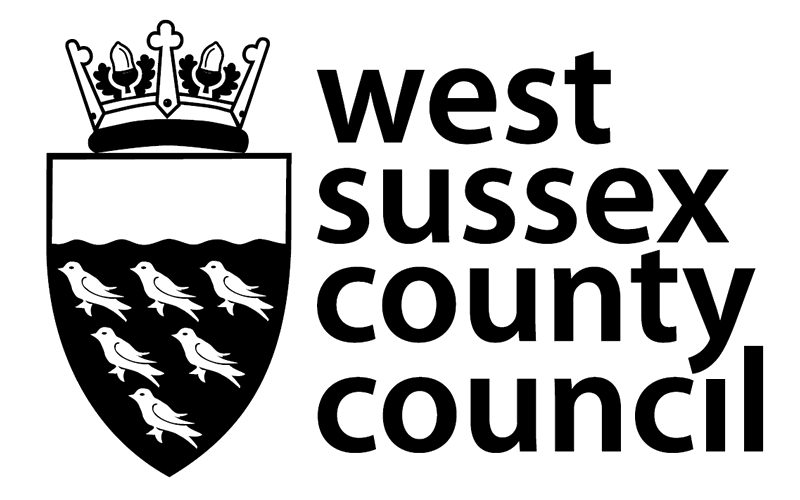How to request traffic calming for your road
Requests for traffic calming measures to be introduced will reviewed in line with:
- current county policy
- consultation with the community
- consultation with local councillors
- current funding availability.
30mph repeater signs
The use of speed limit signs is restricted by law. The existence of a system of street lighting in an area indicates that a 30mph speed limit applies (unless signed otherwise) and prohibits the installation of 30mph repeaters. Effectively, the lamp columns act as the repeater signs.
Road humps
On the public highway such measures must be lawfully placed by West Sussex County Council (WSCC) as highway authority, otherwise it is an illegal obstruction.
For a road hump, or any other traffic calming feature, not to be classified an obstruction, it has to be:
- built in accordance with national regulations
- undergo the appropriate consultation for a Traffic Regulation Order
- be approved by the highway authority.
Public Rights of Way (PROW)
Landowners wishing to install road humps should ensure that the provisions in the Highways Act 1980, and in particular the Highways (Road Humps) Regulations 1999, can be met. This must be done before applying to the PROW Team for consent to install the road humps.
However, if a road or street is a completely private road with no public right of way along it, the Highway Authority would have no jurisdiction. In this case, the landowner would not require consent to erect a structure.
For a road hump not to be classified as an obstruction it must comply with the following regulations:
- The Highway Authority must have carried out a series of consultations with, amongst others, the police and fire service.
- There must be a 30mph speed limit or less in force, backed by a legally enforceable Traffic Regulation Order (TRO).
- The road in which they are constructed must have a system of street lighting, unless lighting is specially provided for them (or a speed limit of 20mph is in force).
- The humps must conform to the dimensions and be in the locations defined by the regulations.
Once landowners have ensured the above criteria is met and can provide evidence of the need for road humps, please email the PROW Team: prow@westsussex.gov.uk.
The PROW Team will consider the application and decide whether consent for installation may be granted. This is to ensure that the public’s right to use the PROW and its safety, ease and convenience are not unduly affected.
Landowners should note that they could be held liable if an accident occurs resulting in a claim.
Traffic calming on private roads and streets
Consideration must first be given to whether the public have a right of way along the road. You can find out if a road is a public highway on our highway boundary information page.
You may also need to check with Land Registry with regards to road ownership. If it is public highway, then highway law applies and you must follow the national regulations and guidance on the use of traffic calming.
We would also recommend you seek independent legal and professional engineering advice, especially regarding any liability arising from a traffic calming scheme, whether or not the public have the right of way along the road.
Additionally, it is worth noting that traffic calming schemes can be expensive, especially if street lighting has to be installed or upgraded to reach the standards required by law, as well as any changes to drainage that may be required.

